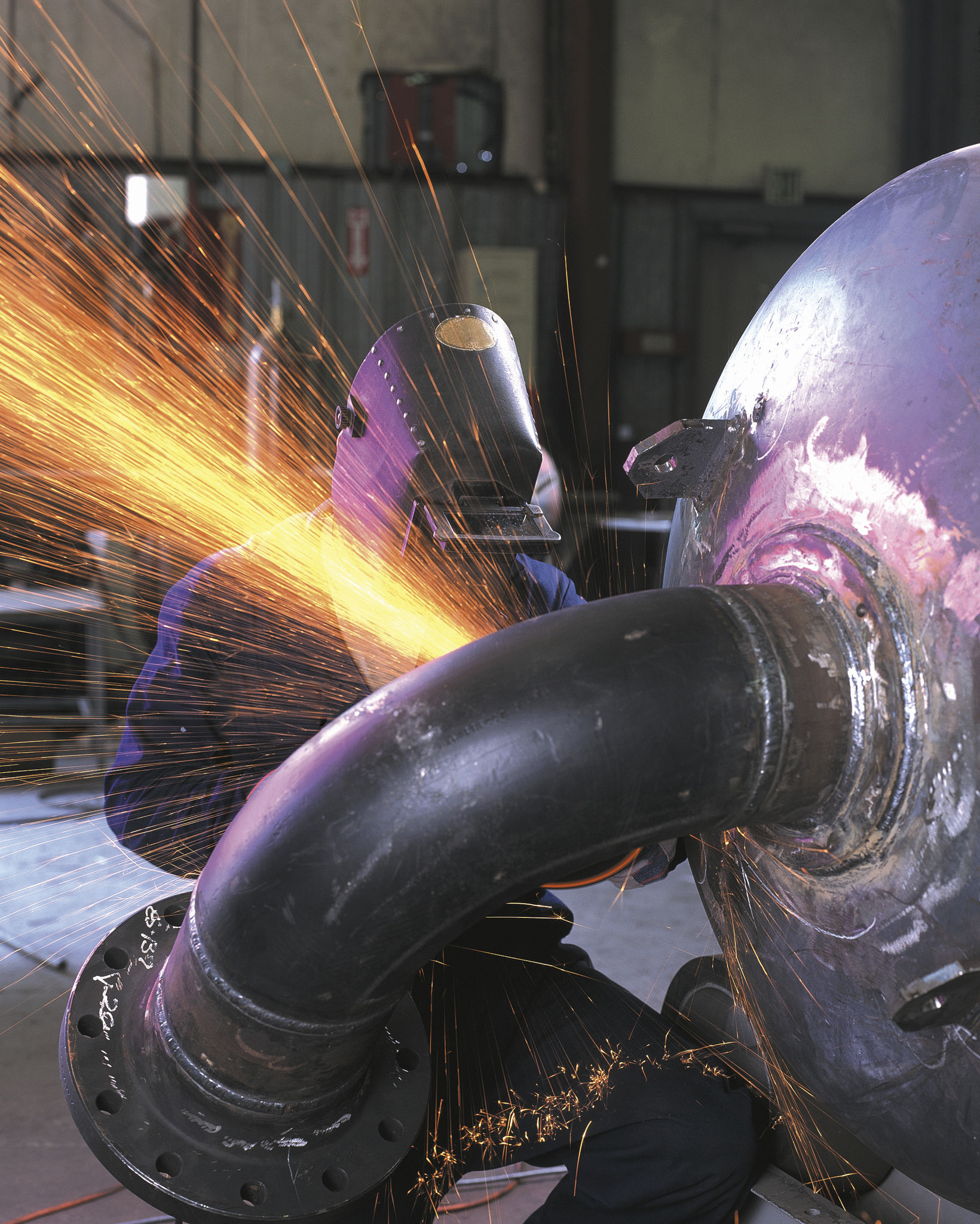DIY Metal Fabrication Projects: A Beginner's Guide with Expert Tips
Understanding Metal Fabrication
Metal fabrication might sound intimidating for beginners, but it's a rewarding skill that allows you to create functional and artistic pieces. At its core, metal fabrication involves cutting, bending, and assembling metal parts to create new structures. Whether you're making a simple bracket or a complex sculpture, understanding the basics is crucial for success.
Before diving into projects, familiarize yourself with different types of metals like steel, aluminum, and copper. Each metal has unique properties that influence how it can be cut, shaped, and joined. Additionally, learning about various fabrication tools and techniques will set a solid foundation for your DIY endeavors.

Essential Tools for Beginners
Starting your DIY metal fabrication journey requires some essential tools. A basic toolkit should include a measuring tape, metal cutting saw, angle grinder, and a welding machine. These tools will allow you to perform most basic fabrication tasks such as cutting and joining metal pieces.
Investing in safety gear is equally important. Make sure you have protective gloves, safety goggles, and a welding helmet. Metalworking can produce dangerous sparks and debris, so protecting yourself is paramount.
Choosing Your First Project
As a beginner, it's crucial to start with simple projects that help you build confidence and skills. Consider creating small items like garden ornaments, simple brackets, or decorative hooks. These projects require minimal materials and tools but will give you hands-on experience with measuring, cutting, and welding.

When selecting a project, ensure that it matches your current skill level. Overly complex projects can be frustrating and may discourage further learning. Instead, focus on achievable goals that allow for gradual skill development.
Expert Tips to Enhance Your Skills
Learning from experts can significantly accelerate your progress in metal fabrication. Here are some tips from seasoned fabricators:
- Practice regularly: Consistent practice helps refine your skills and build muscle memory for various techniques.
- Focus on precision: Accurate measurements and cuts are crucial for successful projects. Use guides and templates when necessary.
- Experiment with different metals: Each type of metal behaves differently. Experimenting with various metals will broaden your understanding of their properties.

Safety Precautions
Metal fabrication involves the use of heavy machinery and potentially dangerous tools. Therefore, safety precautions cannot be overstated. Always work in a well-ventilated area to avoid inhaling fumes from welding or cutting processes. Additionally, keep your workspace tidy to prevent accidents.
It's also beneficial to have a first-aid kit nearby in case of minor injuries. Knowing basic first-aid procedures can make a significant difference should an accident occur.
Conclusion
Diving into DIY metal fabrication is an exciting journey that combines creativity with technical skills. By starting with simple projects and gradually challenging yourself, you'll develop the expertise needed to tackle more complex creations. Remember to prioritize safety and continue learning from experts to enhance your craftsmanship.
With dedication and practice, you'll transform raw metal into beautiful, functional pieces that showcase your creativity and skill.
